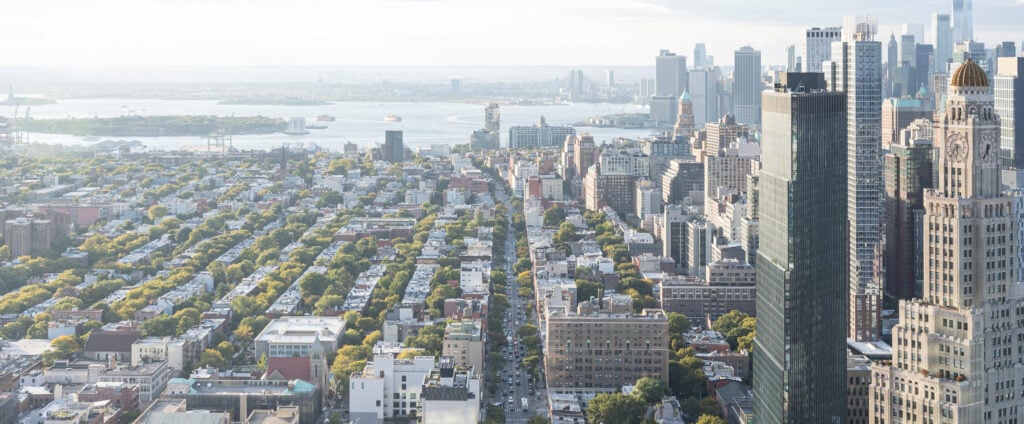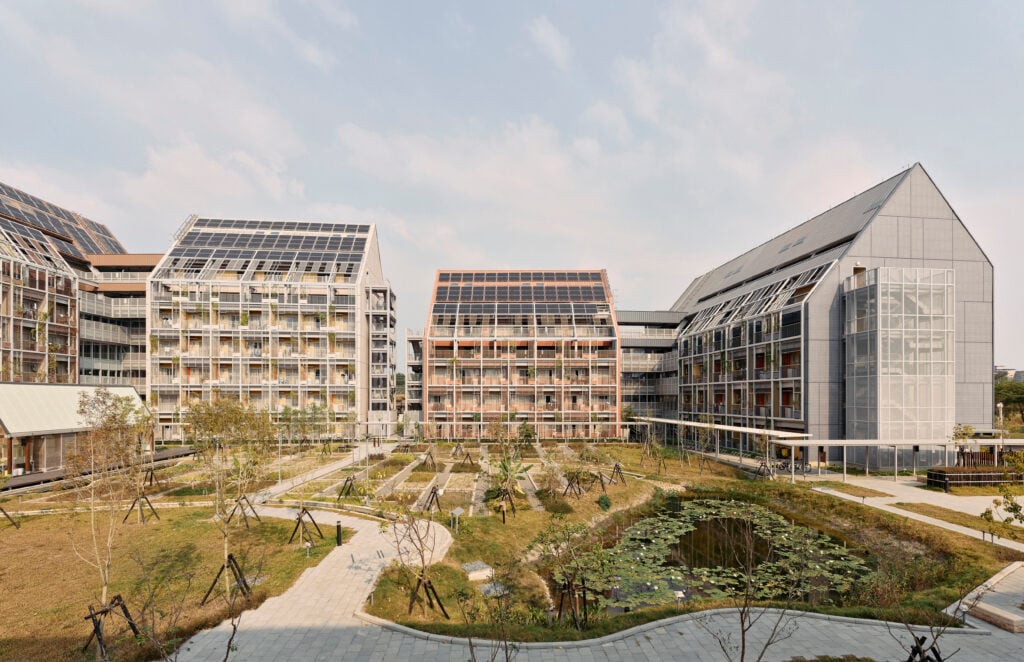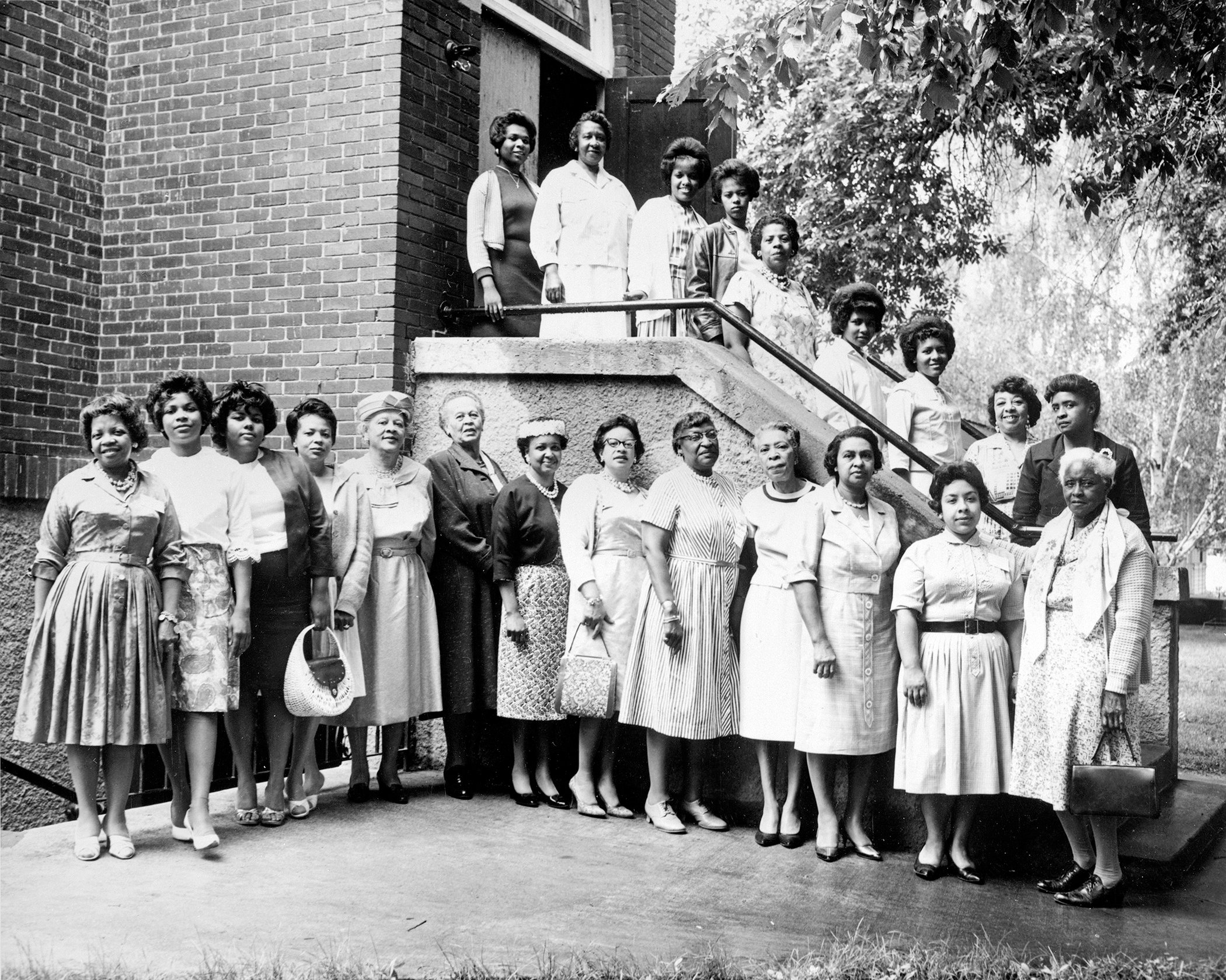
February 29, 2024
The National Trust for Historic Preservation Helps Tell the Stories of Black Churches


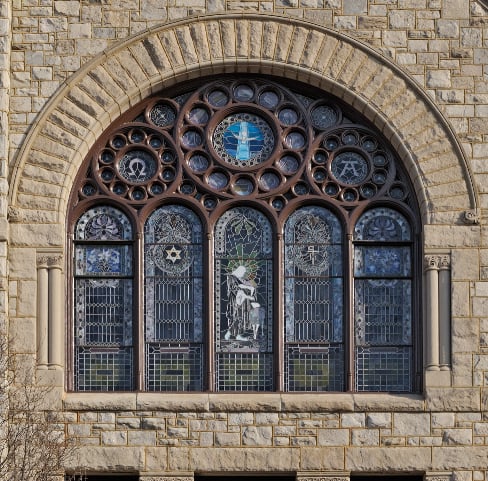
Blacksmith to Bible Study
Since the late 18th century, four churches have existed on the site of Mother Bethel. The current church, designed by the architects Hazlehurst and Huckel and completed in 1890, is distinguished by its four-story tower and rusticated, grey granite facade in the Richardsonian Romanesque style. Its rich texture and timeworn patina hint at an origin that reaches even further back than its 134 years. The first Mother Bethel was a much more humble affair, taking the form of a small blacksmith shop that was literally pulled to the site by horses. The shop was established by Richard Allen, the founder of the AME faith, an itinerant preacher and former slave who purchased his own freedom in 1783.
Mother Bethel’s Reverend Mark Tyler call his church, “ground-zero for the independent Black church movement.” he says. “[The church was] started by Black people, for Black people, with their own resources. AME pilgrims from around the world view this in the same way as if I was a Catholic going to the Vatican…”
Richard Allen split from St. George Methodist Episcopal Church in 1787 after being confined to delivering 5:00 AM sermons to Black congregants on Sunday mornings. If Allen and other Black members were to attend regular service, they were forced to sit in a segregated balcony, and this fissure led to the eventual establishment of the AME church in 1794. Since then, Mother Bethel was a locus of Underground Railroad activity, and Frederick Douglass recruited Black Union soldiers for the Civil War from its pulpit. “The building represents the larger freedom struggle for Black people in the country,” says Tyler. The Department of the Interior’s National Register nomination for Mother Bethel calls it “a living memorial to Richard Allen,” and the church contains his bible, pulpit, and tomb.
The $90,000 grant from the National Trust will be used to restore the church’s signature stained glass windows and frames. While they are beautiful, repairing the stained glass is also an energy issue. “We’re not good stewards if the windows around us are beginning to deteriorate in such a way that they’re allowing cold in and heat out,” says Tyler.

The Simple and the Celestial
While many churches highlighted by the National Trust are canonical cathedrals, simple vernacular churches also received funding. Vernacular architecture in some ways tells a more representative story about the Black faith experience and perseverance because Black people were consistently barred from amassing enough wealth to hire architects and build civic-scaled buildings.
Jacobs Chapel AME Church in Mount Laurel, New Jersey, is one example. Built in 1866, it’s a simple vernacular wood-framed, gabled-roofed structure, with a wood cross hanging over a red door flanked by stained glass windows. The chapel is one of the last two buildings that remain of Colemantown, a Black enclave established in 1828. Its $120,000 grant will be used to restore the roof, windows, and update the HVAC systems.
According to Tolbert, many Black churches are struggling with deferred maintenance, aging and dwindling congregations, and changing demographics, and the National Trust grants offer an opportunity to balance immediate operational needs with longer-term infrastructure investments. Shiloh Baptist Church in Cleveland, the oldest Black Baptist church in the city and the third oldest in Ohio, is caught between these two priorities. Formerly a waystation supporting people moving north during the Great Migration, it also hosted one of the first Black credit unions. Martin Luther King, Jr. spoke there, as did Cleveland Mayor Carl Stokes, the first Black mayor of a major American City. Designed by Harry Cone and built in 1906, it was originally the B’nai Jeshurun Congregation, a Jewish synagogue. For either faith, the building’s cruciform, Palladian temple portico and massive dome made it an icon of the East Side of Cleveland.
When Shiloh Baptist moved in in the 1920s, they kept much of the Jewish iconography, leaving the Ark of the Covenant and Star of David on their stained glass windows, “melding Jewish and Christian [traditions] in one space,” says Shiloh Reverend Dr. Lisa Maxine Goods. Several years ago, a piece of broken glass plummeted from the dome ceiling that covers the sanctuary. Subsequent inspections showed that the dome was deteriorating and eventually, the risk of catastrophic failure would prevent people from congregating. Repair is estimated to cost $180,000, which the National Trust grant should cover most of.

Midcentury Maintenance
When Patricia Whitlock joined Central United Methodist Church in 1977, it had 500 members. Now, the Jackson, Mississippi church sees about 75 a week. Late last year over a six-week period, “we had seven funerals,” she says. Many congregants, including herself, no longer live in the area.
These remaining members are the stewards of a unique design heritage, as Central United Methodist is the rare midcentury-modern Black church to win National Trust funding. Designed by the firm of Godfrey, Bassett, and Pitts, and built by a Central United Methodist member, Joseph Collins, the church’s sharp pitched roof is echoed by brawny cypress ceiling beams that resemble the ribs of a great ark. Rosa Parks visited the church, and one member was a jailed Freedom Rider. Central United is receiving a $200,000 grant to repair their sloping roof, the maximum amount of this crop of grants. But this might not cover it all. “When people come in and start removing the roof,” says Whitlock, “we’re not sure what they’re going to find.”
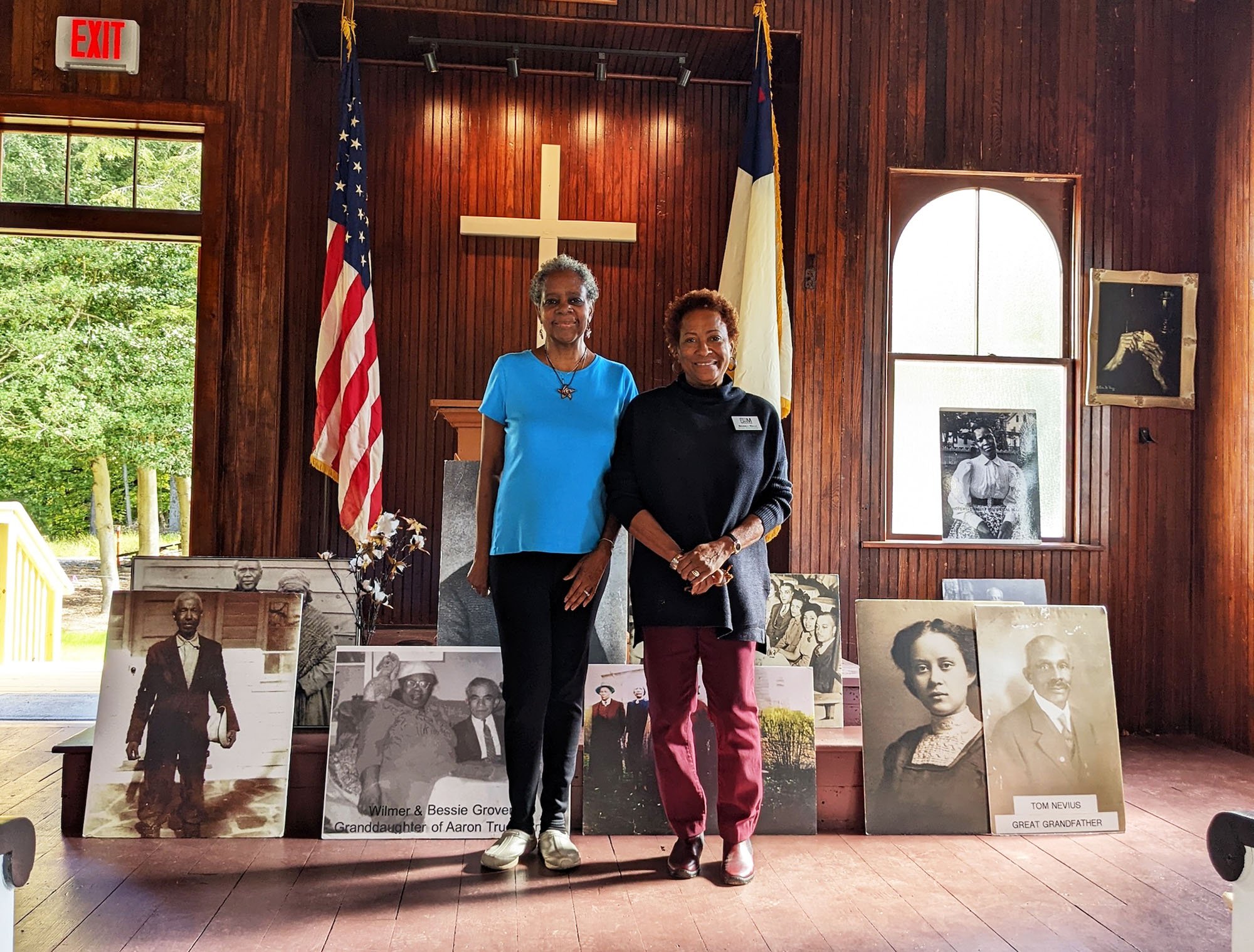
Whose Stories Get Told?
Within the historic preservation establishment, as exemplified by the National Trust, there’s been a revisionist turn to tell diverse stories historically marginalized by a myopic focus on monied, white culture and its architectural expression. This ongoing cultural reckoning exists far beyond the bounds of preservation. But on a page, a screen, or from voice to ear, these stories only last so long. Investing in the physical infrastructure that contains these memories is perhaps the only way to make sure they’re long-lived enough to stand up to reactionary forces stoking paranoia about teaching “critical race theory” in schools and banning Toni Morrison books from libraries.
“Stories that have been privileged to be told are the stories that whitewash history,” says Mother Bethels’ Tyler. “If America is ever going to be what [it] can be, it has to not only tell all of the story, but it also has to [deploy] resources to make sure [that] if remembering these places and preserving these places is important, then we have to preserve everybody’s places.”
Would you like to comment on this article? Send your thoughts to: [email protected]
- No tags selected
Latest
Profiles
How Alloy Aims to Decarbonize Real Estate
The developer behind New York City’s first all-electric skyscraper and first Passive House public school shows us what the building industry could be.
Projects
Taisugar Circular Village is a Model Case Study for Circular Economies
The Taiwanese project by Bio-architecture Formosana claims to be the first residential village in the country to be integrated within a circular economy.
Viewpoints
3 Sustainability News Updates for Q1 2025
Local laws, easy-to-access tools, and global initiatives keep the momentum on green building going.



